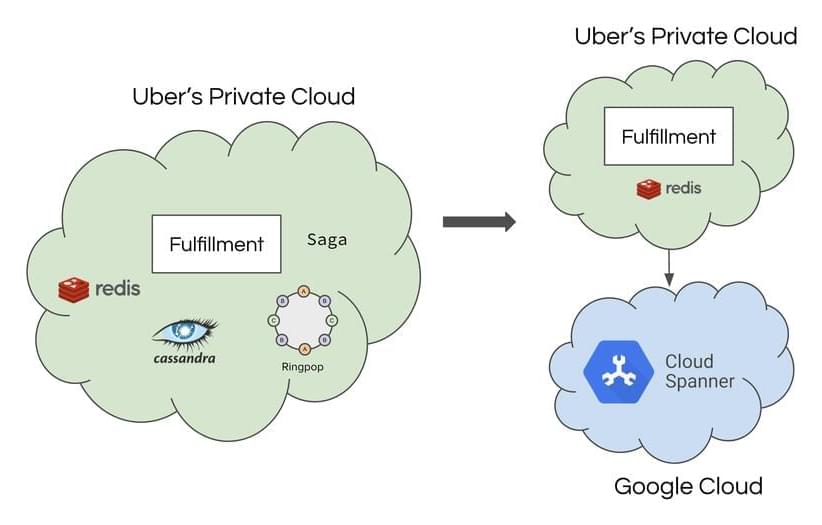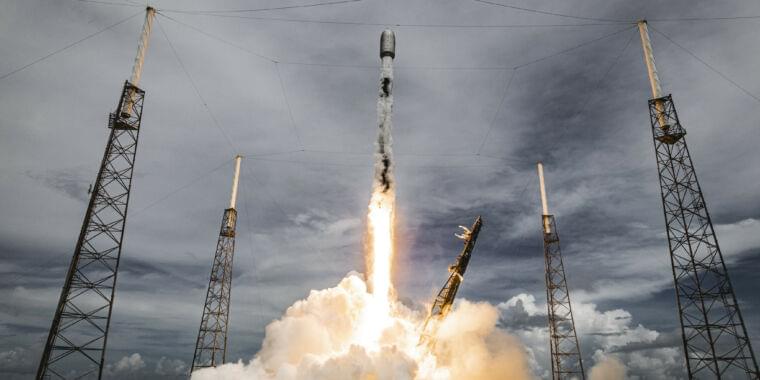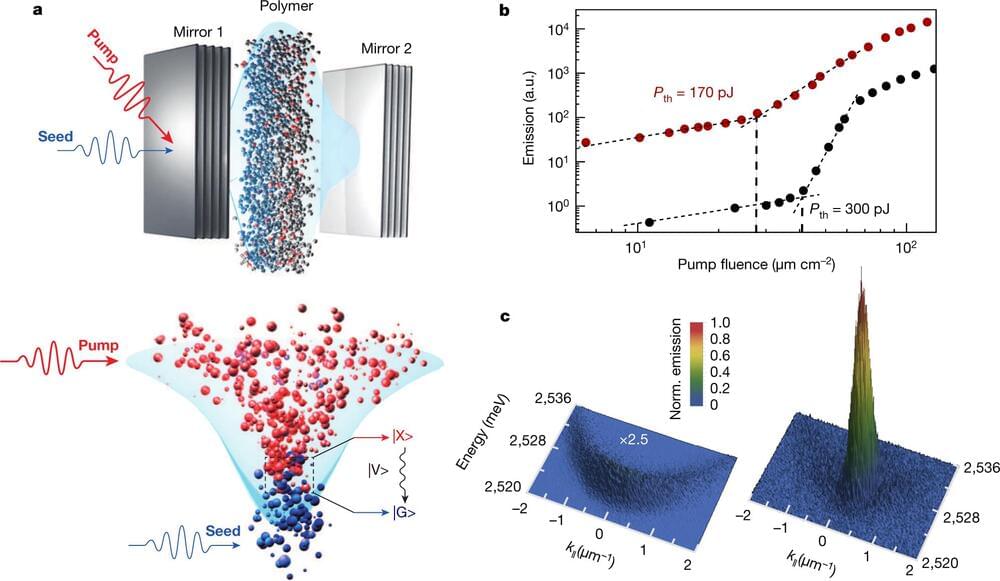Sep 29, 2021
Every Mars Rover Is About To Go Into Safe Mode
Posted by Quinn Sena in categories: health, space
Similarly, the CNSA told the Chinese state-run news outlet Global Times that its Tianwen-1 space probe and Zhurong rover will pause their work and enter safe mode during the transit.
But just because the rovers aren’t getting any new instructions doesn’t mean they’re stopping altogether.
“Though our Mars missions won’t be as active these next few weeks, they’ll still let us know their state of health,” the NASA Jet Propulsion Laboratory’s Mars Relay Network manager, Roy Gladden, said in the NASA announcement. “Each mission has been given some homework to do until they hear from us again.”

















